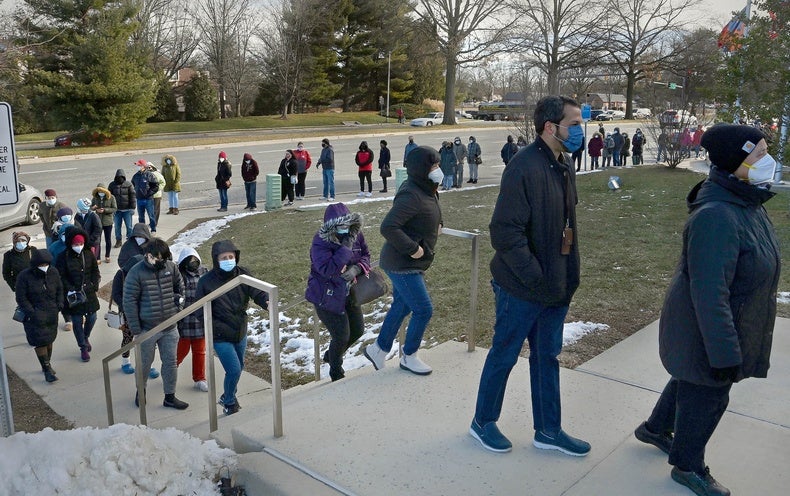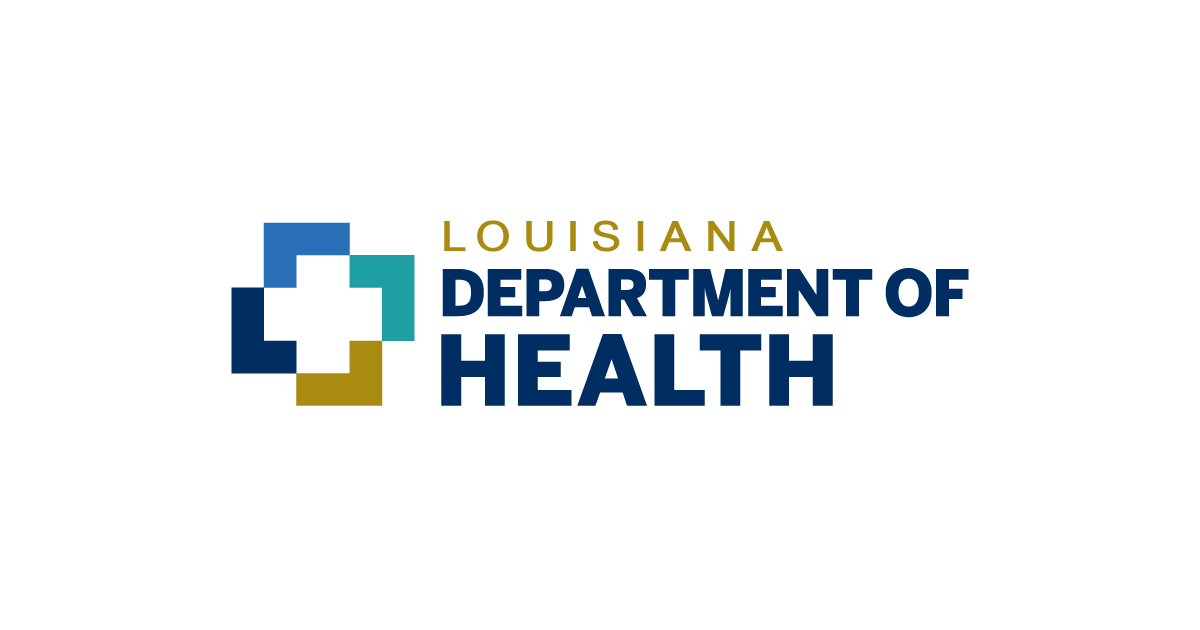[ad_1]
After three years, the U.S. federal public health emergency for COVID is scheduled to end on May 11. This will bring a close to a slew of significant medical waivers and adjustments created to combat the pandemic. Many tools and services such as at-home and in-person tests, treatments, vaccines and telehealth were made readily available at no or low costs to individuals, but coverage of some services are expected to change.
“For the general population, what they should be aware of is that when the public health emergency ends, effectively, their coverage of anything related to COVID will sort of revert to their traditional coverage rules,” says Molly Smith, group vice president of public policy at the American Hospital Association. “We are very concerned about the financial barriers that these changes might cause because we still want people to show up and try not to avoid care.”
Advertisement
Declared by the Department of Health and Human Services (HHS), the federal public health emergency was one of many acts and health emergencies put in place by the U.S. government in response to the rapid spread of COVID cases. Several COVID-related policies and emergency declarations have already been winding down: March saw the end of a provision in the Families First Coronavirus Response Act that kept people enrolled in Medicaid and the Children’s Health Insurance Program throughout the pandemic even if their eligibility changed. That expiration puts millions of adults and children at risk of losing medical coverage. Additionally, President Joe Biden ended the COVID national emergency in April, before it was set to expire alongside the federal public health emergency this week. And last Friday the World Health Organization announced that the disease “no longer constitutes a public health emergency of international concern.” The members of the organization’s International Health Regulations Emergency Committee for COVID-19 pointed to the pandemic’s downward trend as the reason to end its emergency declaration.
Scientific American spoke to experts to break down what will and won’t be impacted by the close of the federal public health emergency and to recommend what Americans can do in preparation for May 11.
Vaccines
The federal government has been supplying COVID vaccines, including boosters, free of charge to everyone regardless of insurance. This coverage is generally not expected to change. “The federal government remains committed to making [vaccines] available as a preventive benefit,” says Leighton Ku, a professor and director of the Center for Health Policy Research at the George Washington University. “Part of this is because there are still various other policies that exist.”
Advertisement
But there is a limit to the stockpile and funding if the U.S. government doesn’t opt to replenish them, Ku says. People will only be able to receive vaccines at no cost or low-cost rates while the government’s supplies last, and it’s unclear how many vaccines currently remain of the 1.2 billion the government has purchased thus far. The U.S. paid an average of $20.69 per dose of vaccines from the major manufacturers Pfizer and Moderna, according to an analysis by KFF. The companies have indicated that commercial prices would be between $110 and $130 per dose, costs that are about three to four times higher than what the government paid.
“The insurers took a hit because they had to cover a lot of the costs, but the feds had purchased the vaccine for a much cheaper price than what the companies are now going to charge,” says Nancy Nielsen, a clinical professor of medicine and senior associate dean for health policy at the University at Buffalo.
At least until the stockpile is depleted, people enrolled in certain Medicare programs and most private insurance should still be able to receive vaccines from in-network providers with no out-of-pocket costs. Medicaid members will have their vaccines covered without co-pays through September 30, 2024. Medicaid will also continue to cover any future boosters recommended by the Centers for Disease Control and Prevention. The provider relief fund, which supported free vaccines, tests and treatments for individuals who are uninsured, was exhausted in April 2022. Late last month, however, HHS announced a $1.1-billion public-private program to maintain COVID vaccine access, as well as some treatments such as antiviral medications Paxlovid and Lagevrio, for the uninsured. The funds are expected to last through December 2024.
Treatment and Medications
Advertisement
Oral antivirals and other drugs to treat COVID that were purchased by the government will still be free after May 11 regardless of insurance. Similar to the vaccine stockpiles, when supplies run out, manufacturers will set prices for the medications, and any additional charge to consumers will depend on individuals’ health care plan. But many private insurers have already stopped waiving out-of-pocket costs to individuals for COVID hospital visits and treatments, with some doing so as early as November 2020. Future coverage will be determined similarly to other drugs and treatments, Smith explains.
Medicaid programs will continue to cover treatments at no cost to patients through September 30, 2024. Afterward coverage may vary by state, however. People with Medicare plans that include drug coverage will continue to have COVID medications covered without cost.
Testing
One of the biggest changes with the end of the federal public health emergency regards COVID testing, both at home and at health care facilities.
Advertisement
Private insurance companies will no longer be required to cover both at-home and lab COVID tests for free—any out-of-pocket costs will depend entirely on an individual’s plan. Coverage will likely be similar to other preventive screening tests, such as those for blood sugar and cholesterol, Ku says. “These are considered medically appropriate and medically necessary services, so they would be covered under virtually every insurance that I know of. The difference ends up being: Is it free or not?” he says.
“Most people would think we want to make these tests available as widely as possible to get people into earlier treatment. Nonetheless, this is a decision that the private insurers will make on their own,” Ku says. “The government is encouraging private insurers to continue to make them available for free. We’ll see what happens.”
Medicare enrollees on certain plans will also have to pay for at-home tests, but laboratory tests ordered by health care providers are still fully covered by this federal insurance program. Medicaid will cover tests without charge until September 30, 2024—coverage will then depend on states. The government also has a stockpile of COVID tests, which may be distributed for free if needed, particularly to uninsured people and communities with limited health care access.
Advertisement
Currently, at-home tests can range between $10 and $40 out-of-pocket, while a 2021 report found diagnostic tests administered at health care facilities ranged from $20 to $1,419 per single test. Nielsen recommends that those who have insurance plans that continue to cover at-home tests for free stock up on a few. “As long as things are still covered, get what you need,” she says. (The expiration dates for certain over-the-counter COVID tests may be longer than what is listed. The Food and Drug Administration has more information on extended shelf-life for various at-home tests.) Additionally, you can still order four free government COVID tests, which will be delivered by the U.S. Postal Service, if your household’s last order was before December 15, 2022.
Telehealth
The numerous public health emergencies and policies greatly expanded how health care workers reached patients—from filling hospital conference rooms with beds to turning shopping malls into clinics to providing medical consultations over video calls. Telehealth was “so well received by patients,” says Nancy Foster, vice president of quality and patient safety at the American Hospital Association. “Nobody wants to undo that.”
Coverage, leniency and expanded care with telehealth, which saw exponential growth during the pandemic, are extended for certain insurance holders. Generally, major flexibilities in what providers can do through telehealth will stay in effect for those under Medicare until at least December 2024. Most state Medicaid programs and many private insurance plans already covered telemedicine services prior to the pandemic. After May 11, however, private insurance holders will want to discuss any possible changes in coverage or reimbursement of telehealth services that were expanded during COVID with both providers and insurers, Smith says. Costs to individuals will depend on their plan.
Advertisement
These remote video and phone services have been shown to help access to care, especially for vulnerable populations with poor or limited health services. But “some of the things we’ve been doing through telehealth, we’ll have to revert to being in person, like occupational therapy, speech therapy and some of the other therapies,” Foster says. “The providers will no longer have permission to bill for that.”
HHS had given permission to providers to use technologies and systems that don’t comply with Health Insurance Portability and Accountability Act (HIPAA) privacy and security rules, but these are expected to be enforced again after May 11. This may limit the technology options telehealth providers can use. States and federal entities had temporarily waived license requirements, which allowed practitioners to treat patients in different states through telehealth. In some states, these requirements may again take effect.
Notably, the federal public health emergency authorized providers to prescribe certain controlled substances, such as Adderall for attention deficit hyperactivity disorder and methadone and buprenorphine for opioid use disorder, during telehealth appointments, without an in-person medical evaluation. In February the Drug Enforcement Administration proposed rolling back these flexibilities, which would require patients that were never evaluated on-site to have an in-person medical exam for new prescriptions and refills of certain controlled medications. “Those rules will alter how a clinician and the patient have to interact in order to continue that treatment,” Foster says. Some experts worry that the change would disrupt treatments and access to necessary medications for patients. Last Wednesday the Drug Enforcement Administration said it had delayed its plans after receiving more than 38,000 public comments on the proposed rule reversals.
Advertisement
Ku and Nielsen say that even though COVID hospitalization numbers have been lower in the U.S., another public health emergency can conceivably be instated if cases begin to climb again. In many ways, the increased flexibility of the medical system in response to the public health emergency “created all sorts of new ways to think about how to deliver really effective patient-centered care,” Foster says. “We literally were reinventing health care on the fly in many respects.”
Foster, Smith and other health care researchers are taking stock of some of the immense benefits the public health emergency’s flexibilities provided and considering what services could be preserved in perpetuity. The Centers for Medicare & Medicaid Services, for instance, told Scientific American that it is also closely evaluating the evolving public health and policy landscape to determine which changes “can and should remain in place” after May 11.
“A lot of what we learned are ways in which we need to be doing things differently just permanently moving forward,” Smith says. “How do we routinely look at [health care regulation] and update it to make sure that it is not only ready for the next kind of crisis situation but frankly is evolving with the times?”
[ad_2]
Source link


